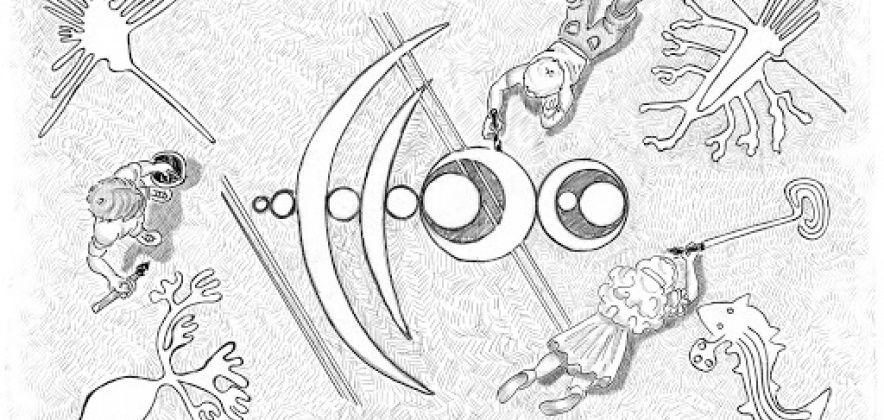
Abstract
Territorial inequality, and the consequent economic impoverishment, mean that instead of the urban dimension “typical” of the collective imagination a whole series of “minor” realities emerge, located in mountains, islands, internal and remote areas or in the suburbs of the country. In these territories, the only cultural centers are the “small” schools, which involve about ¼ of the Italian student population. Here, the school faces some difficulties on a daily basis that widen the gap with the expectations in terms of equity and educational quality. What actions does the school intend to take to promote an equitable and quality education? The “Small Schools” project (10.1.8.A1-FSEPON-INDIRE-2017-1-), and specifically Action 10.1.8, aims at strengthening the analyses of school population and the determining dropout factors, with reference to the gender, socio-cultural, economic and local components. This initiative, acting in collaboration with the environment called “Gestione Unitaria della Programmazione 2014/2020”, allowed an analysis of school projects presented in response to the Public Notice no. prot. 26502, 6 August 2019, supported by the national operative program (PON) “For the School 2014-2020” and aimed at promoting specific actions to fight educational poverty.
 Classified "A" by ANVUR in the fields 11/D1, 11/D2 Scientific in the field 14.
Classified "A" by ANVUR in the fields 11/D1, 11/D2 Scientific in the field 14.

